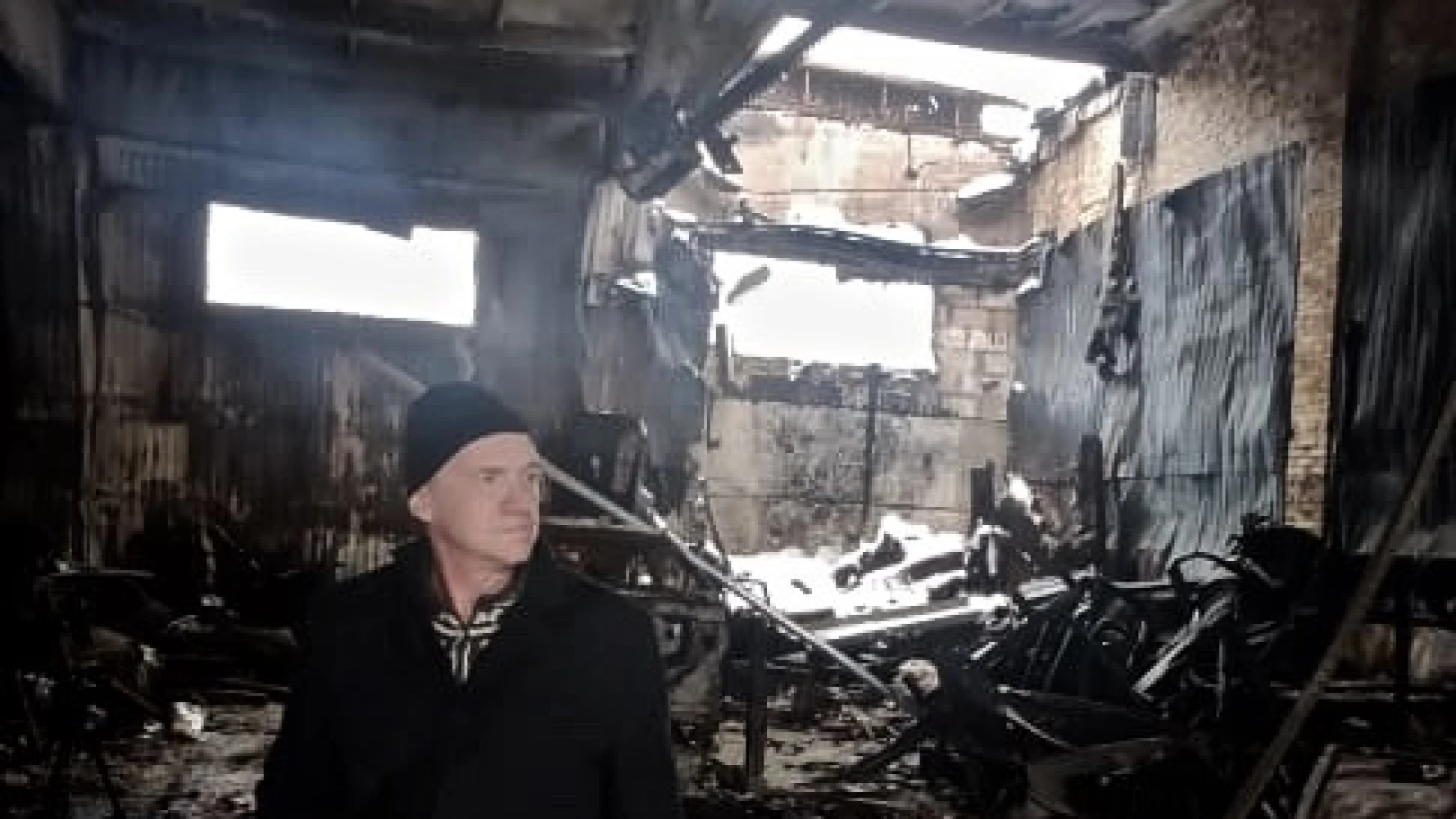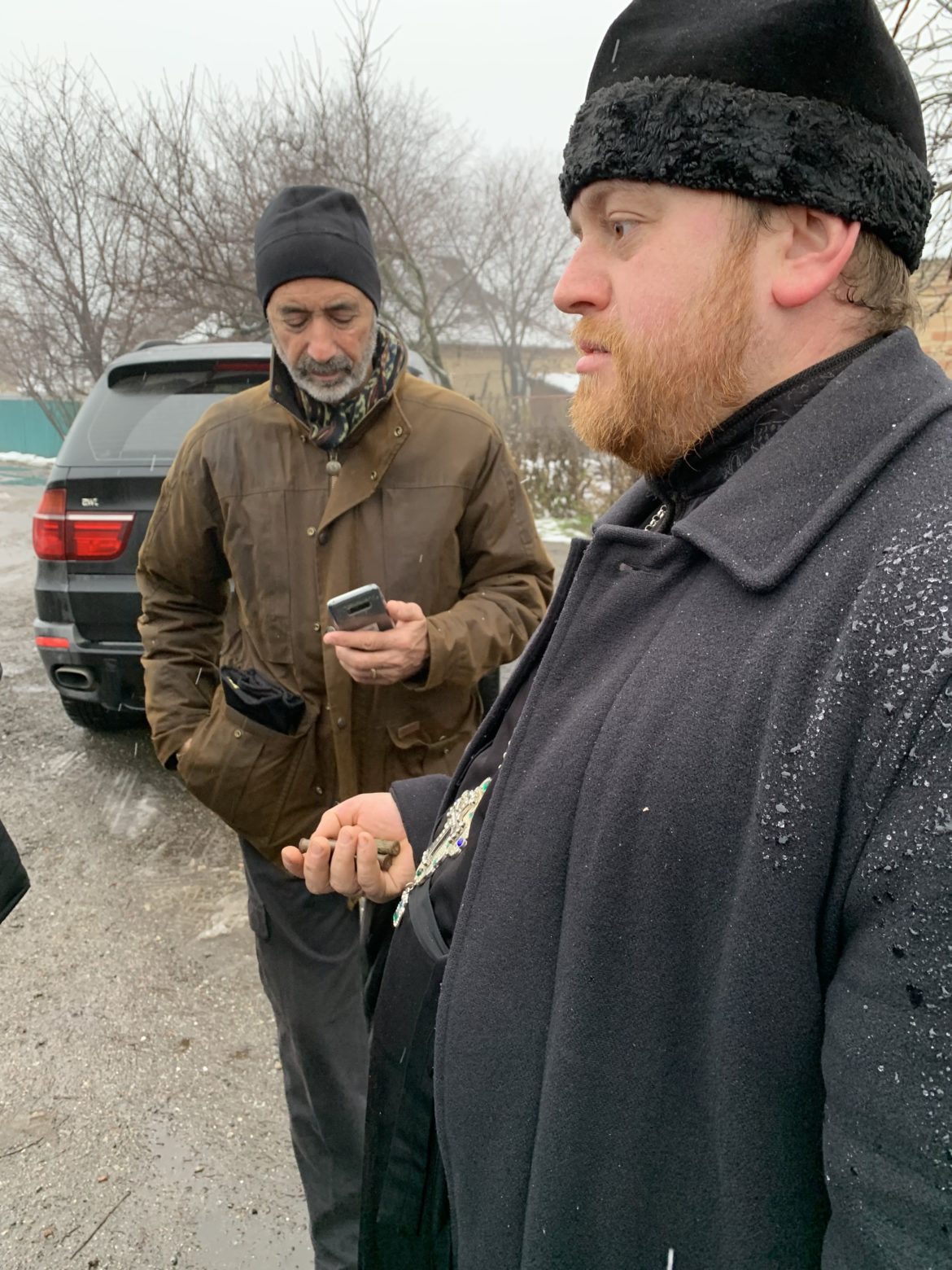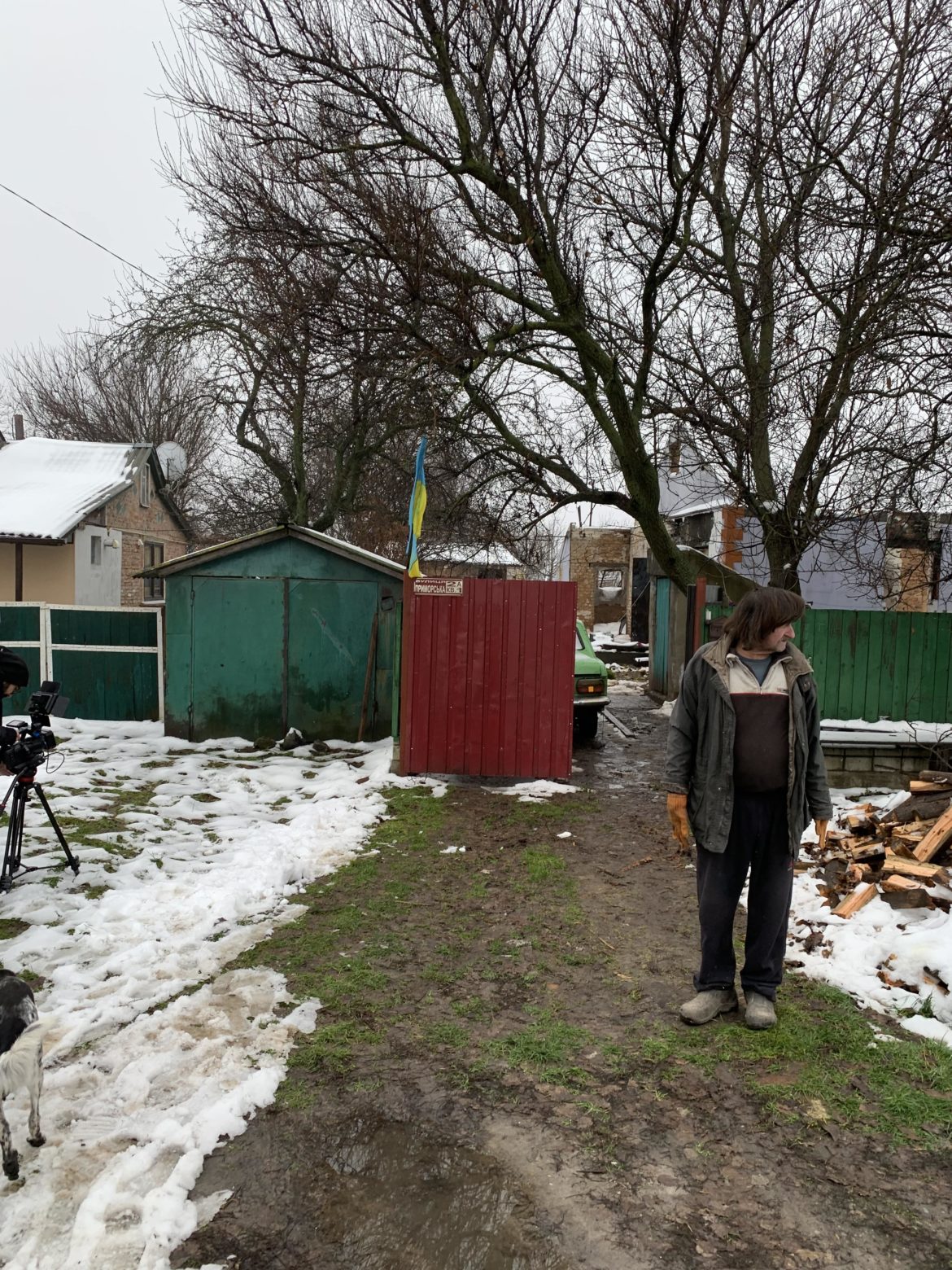
A Canadian-Ukrainian in Kyiv - Part 5: Rebuilding
I’m back in Kyiv after briefly travelling to Sweden, the Netherlands, the U.K., Czechia and Poland to satisfy my visa extension obligation, and happy to continue our Peace Coalition's efforts to help the people of Ukraine. As I had previously praised, the spirit of Ukrainians is wonderful to behold, but the past fortnight has gone beyond even my lofty appreciation.
After a total of four months, I’ve finally experienced some of the hardships of war. Notable firsts this week include a few nights in a bomb shelter, the complete loss of running water, and twice daily power cuts. However, through it all Ukrainians persevere and adapt to a new level of inconvenience with barely a blink.
Rolling blackouts are announced by the hum of gasoline-powered generators, basement bunkers are equipped with WiFi, and the lack of running water is solved with beer and wine.
But it’s another sad first that brings me to the next post in this series - my visit to Kozarovychi, a village of 2000 souls situated on the banks of the Dnipro River 40 km north of Kyiv. The Peace Coalition has identified Kozarovychi as an ideal town to begin the rebuilding process as soon as possible.
The road to hell is paved with good intentions

Early Saturday morning, four colleagues and I drove to Kozarovychi where we were met by the local village priest. Father Oleg is a jolly fellow who greeted us with a big smile as he reached into a snow bank and came up with a handful of spent AK-47 machine gun shell casings. "Souvenirs of Russian occupation are all over the place", he said "It will be tough for the Ukrainian people to forget this war."
During our discussion we were joined by a caravan of video journalists from Armenia, another former satellite nation of the Soviet Union, who arrived to document the destruction caused by Russian occupation. Their goal is to share it with all the former Soviet states hoping to change perceptions of the war among Russian-speaking people outside of Russia.
With the Armenian crew in tow, we headed to a former factory, once a major employer in town. Kozarovychi was occupied very early in the war and used as a logistics base by Russian forces regrouping after encountering great resistance from Ukrainians. From this hub Russian forces launched devastating attacks upon the nearby towns of Borodyanka, recently made famous by graffiti artist Banksy, and Bucha, the site of a horrific civilian massacre that shocked the world.
During their retreat from Kozarovychi, Russian soldiers ensured the base was totally destroyed. Nobody will be working here anytime soon, which means no income for the townspeople to buy food or pay for heating and water services. Imagine trying to survive winter without these essentials.
No place like home

Next stop was the home of local residents Mykola and his wife Tamara whose house was destroyed when a Russian helicopter crashed into it after being shot by Ukrainian forces. The couple and their dogs now live in a half wood, half brick lean-to shelter built from the remains of their garage. Luckily, they have a makeshift roof over their heads, but they had to trade the wreckage of the Russian helicopter to get it.
Their water comes from an asbestos-lined pipe sticking out of the ground that disgorges a light brown liquid that most of us wouldn’t use to wash our clothes let alone drink or prepare food. The yard is a pile of rubble, charred aircraft parts, and three scrawny dogs that sit in the snow shaking from the cold with no place to stay warm.
Farm harm, dam it
We then visited a large local farm where Russian shelling leveled all the machinery and set the main buildings on fire. This destroyed 60 tons of fertilizer and seed destined for the upcoming season. The farmer explained he’ll need to rent trucks & tractors in the spring, but was hopeful that 2023 would be a bountiful year so perhaps he could break even. The optimism of farmers is a wonder we should all celebrate and try to emulate.
Our last stop was the Kozarovychi Dam which was intentionally blown up by Ukrainian forces at the start of the war and halted the Russian advance on Kyiv. There’s now water on both sides of the dam for as far as the eye can see. Unfortunately, under that water is the village of Demydiv - 100 homes and farms to which no one will ever return.
A little less talking
Visiting these four sites was sobering enough, but there are at least another 200 homes and businesses that are damaged or destroyed in Kozarovychi. The visit provided even more confirmation that the rebuilding process must begin as soon as possible if the people of Ukraine are ever going to recover from this terrible and unjustified war.
That’s why we at the Peace Coalition have decided there’s been enough talking and it's time to do more walking. We have approval from the village and regional authorities to begin rebuilding Kozarovychi and another village, Andriivaka as soon as possible.
We plan to not only rebuild but reimagine these villages with modern, energy efficient and digitally connected homes and businesses. A new treatment plant providing sparkling water and electrically powered by solar panels and batteries. We have the vision, plan and consent. All we need now is the money.
